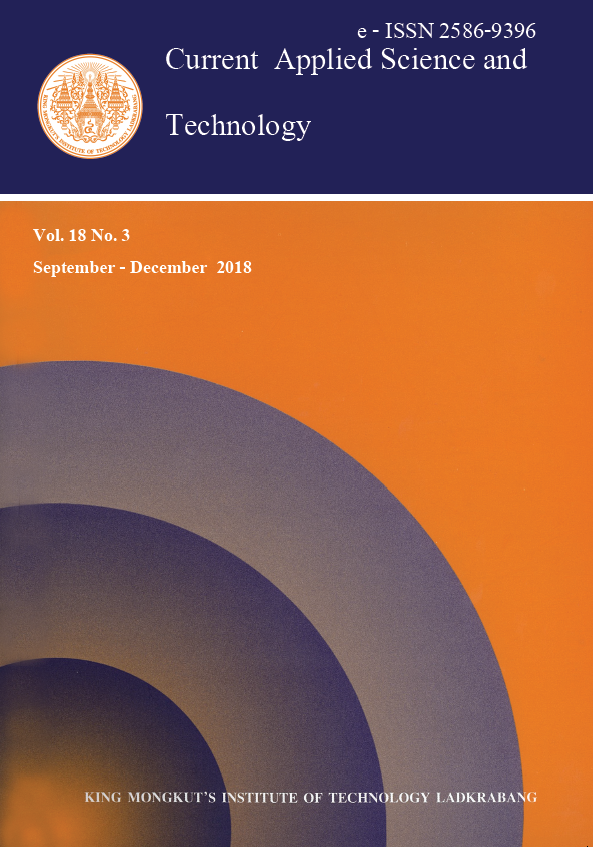Seven rice samples were investigated for in vitro starch digestibility, total phenolic content (TPC), total anthocyanin content (TAC), antioxidant activities and physicochemical properties such as moisture, color, total starch (TS), digested starch (DS) and resistance starch (RS) contents. The relationship between these parameters and the samples was investigated by principal component analysis (PCA). All of the samples exhibited predicted glycemic index (pGI) 47.87 – 52.22, TS 65.69 – 80.60 g/100 g d.b., and DS 65.69 – 80.22 g/100 g d.b., (p < 0.05). RS content was generally lower than 1 g/100 g d.b. The TPC and TAC varied in the range of 0.15 – 2.25 mg gallic acid equivalent (GAE)/g and 0.51 – 68.70 mg cyanidin -3- glucoside (CG)/g, respectively (p < 0.05). The PC1 (50.51%) explained the digestion parameters with reference to polished-waxy rice (KorKhor 6 and Sanpatong) and low-amylose milled rice (KhaoDawkMali 105), which is opposite to yellowness and RS which refer to unpolished rice (Homnil, brown DawkMali, and red Jasmine). The PC2 (40.89%) explained the antioxidant properties with reference to unpolished-black rice (KumDoiSaket), which is opposite to lightness which refer to polished-waxy rice and low-amylose milled rice. The PCA plot clearly differentiated the dissimilarity between PC1 and PC2. The high RS and TPC improve strong antioxidant property and low starch digestion. It can be used a combination of these parameters to classify rice properties better than one individual parameter.
Keywords: rice varieties, starch digestibility, antioxidant properties, physicochemical properties, principal component analysis
*Corresponding author: Tel.: 66 53 948284 Fax.: 66 53 948214
E-mail: niramon.u@cmu.ac.th
Pasakawee, K. ., Laokuldilok, T. ., Srichairatanakool, S. ., & Utama-ang*, N. . (2018). Relationship among Starch Digestibility, Antioxidant, and Physicochemical Properties of Several Rice Varieties using Principal Component Analysis. CURRENT APPLIED SCIENCE AND TECHNOLOGY, 133-144.
